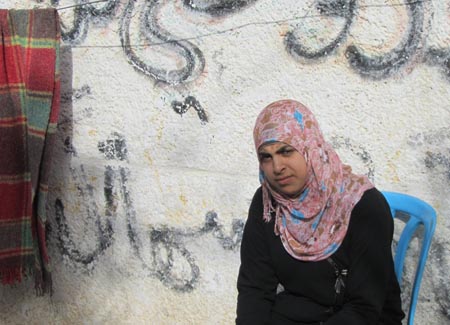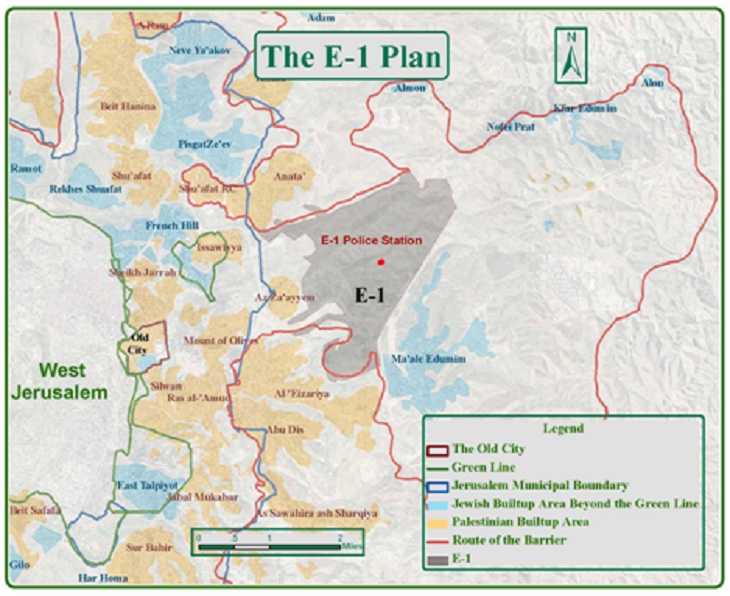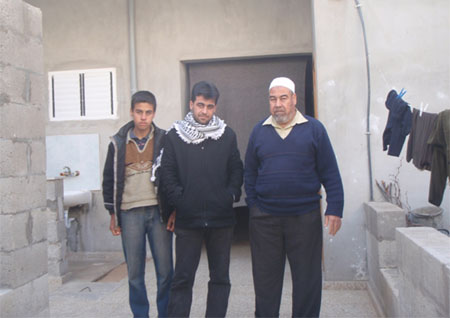-
13 January 2009: Hibba al-Najjar
13 January 2012 | Palestinian Centre for Human Rights “The first two years I could manage but this year I have been suffering a lot from the loss of my mother. When I see girls from my school with their mother or talking about their mother, I miss my mother even more. I need to […]
-
Join our campaign: Help stop the construction of a national park on Palestinian land in East Jerusalem!
12 January 2012 | Sheikh Jarrah Solidarity The planned national park, located adjacent to the E1 area, on the slopes of Mt. Scopus, would constitute an insurmountable obstacle to any possible future peace agreement involving Jerusalem. Most immediately, it would “choke off” a number of Palestinian neighborhoods in East Jerusalem, and deny residents access to […]
-
12 January 2009 – The Ayad family
12 January 2012 | Palestinian Centre for Human Rights “If there is another war I won’t be moving, even if we die there, I don’t want to go through that again” On 12 January 2009, the Ayad family home in the Zaytoon area of Gaza City was bulldozed by Israeli forces. Rezeq Ayad, 60, his […]
Action Alert An Nabi Saleh Apartheid Wall Arrests BDS Bethlehem Bil'in Cast Lead Demonstration Denial of Entry Ethnic Cleansing Farmers Gaza Global Actions Hebron House Demolition International law Israeli Army Jerusalem Live Ammunition Nablus Ni'lin Prisoner Ramallah Rubber-coated steel bullets Settlement Settlers Settler violence Tear-Gas Canister Video



